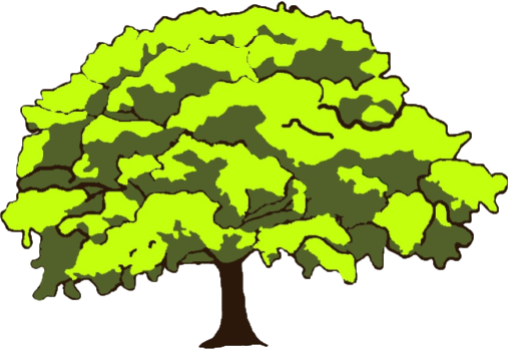This estate description is part of a short series of posts on the people and society of my homebrew setting, Galthamar.
Edit note: I’ve tweaked my Galthamar race posts, especially this and the Elther one, to reduce the amount of appearance prejudice. I once included this theme because it felt true to Galthamar’s inspirations in history and Tolkienesque fantasy and I wasn’t trying to create a utopia or remove *in-world* prejudice. However, I came to feel that because these attitudes still infest the real world, to include them in Galthamar was to build in familiar stories of racism, colourism and similar prejudice that (from the perspective of those on the receiving end) are for others to tell and not for me. I felt that this put too many limits on what I ought to do within the setting, so it would be better to present a version of the setting that didn’t feature those issues so much and that I can more fully use.
I may write more in future about in-world prejudice as opposed to authorial prejudice and/or about tailoring setting issues to the preferences of your playing group. But for now, please see the note towards the end about appearance prejudice.
Ideals, self-portrait
A Gobelin is tough and tenacious, wily and resourceful, tolerant and open. Even if facing a hard life, Gobelins find a way to look after themselves and their own. Gobelins do not engage in snobbery and exclusivity. Their style is practical and unpretentious, free and unique. Gobelins who make it in life do not forget where and who they came from. The Gobelin estate offers a place to anyone willing to be a part of its community and accept its values.
Stereotypes, criticisms
Gobelins are low, mean, ugly, dishonest, cowardly and brutish. They lack culture, refinement or professional skills, lacking either the aptitude or diligence to acquire them. They are resentful of their betters and always scheming to steal from them or do them harm. Gobelins have no class.
Description
In practice, Gobelins show a very wide range of physical types, including a full range of height and build.
Their material culture is eclectic, both in finding models for designing and making new goods, and even in relying in many cases on second-hand goods once used by other estates, or on items scavenged from who-knows-where. Gobelin culture is prescriptive about neither traditional practices nor the latest fashions, but individuals may innovate or adopt exotic ideas, and their friends and contacts may follow suit, creating a shifting range of very local subcultures. Clothes, accessories, hairstyles, body adornments and piercings, distinctive ways of moving and speaking may all characterise Gobelin style movements. They tend not to directly mimic the styles of other Galthamarian estates, but may adopt aspects of them in a spirit of syncretism or subversion.
Social position
Gobelins are disproportionately found at the economic and social margins of Galthamar, and not in high-status, wealthy or Establishment positions. They are often casual and menial labourers, and unregulated zero-capital entrepreneurs and service providers (such as errand-runners, porters, hired thugs and street walkers) especially in towns, and especially in low-status or otherwise undesirable occupations such as street cleaning, catching rats or emptying privies. There are of course many skilled and effective Gobelins – some in ‘respectable’ occupations, but also others in these marginal sectors, or even in criminal activities. Those in respectable occupations can find anti-Gobelin prejudice to be a problem.
Relations with other estates
Anti-Gobelin prejudice is indeed common to the other Galthamarian estates – Highmen and Eltheren tending to be particularly disdainful, and Holbits particularly needing to emphasize their social distinction, for lack of greater wealth. Dueren may be the least troubled by Gobelins socially, unless they find Gobelins to be competitors or obstacles in business.
Variant: appearance prejudice
If you were to want to explore a theme of appearance prejudice in your game, you could make Gobelins a bit more true to their roots in Tolkienesque fantasy by having them more likely to show ‘unusual’ features such as green skin, pointed ears, extreme nose shapes, protruding teeth and so on. I think you would need to explain the concentration of these traits in the Gobelin estate by saying that other estates were prejudiced against them to the extent that people who show them might be excluded from the estate (or faced with the choice of self-excluding to find a more welcoming niche).
